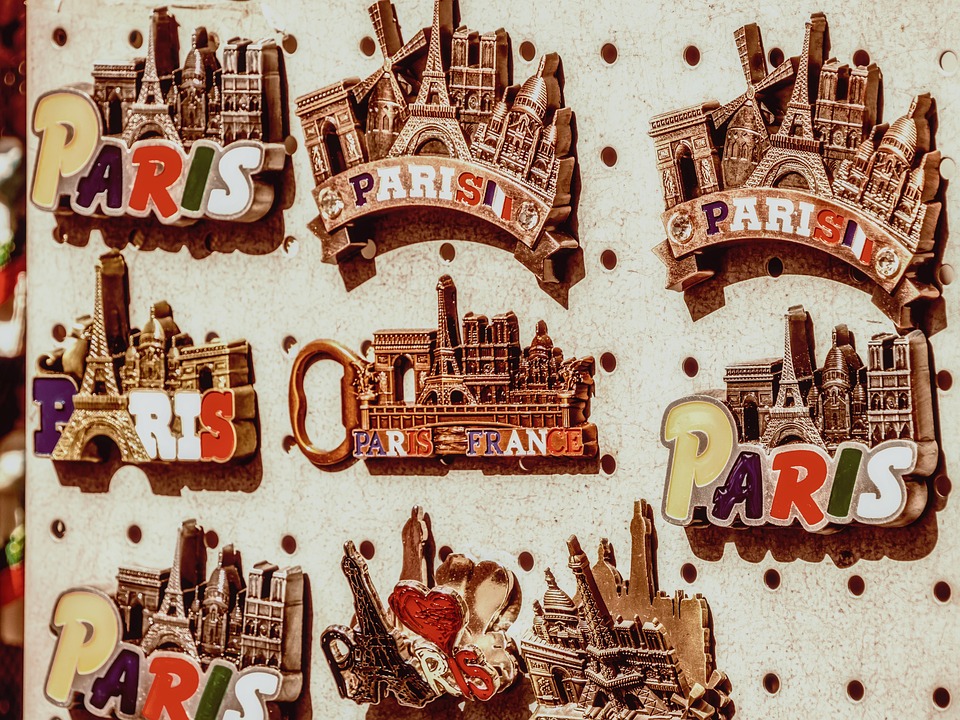Introduction
Media production is a complex and often misunderstood process that involves a lot of moving parts and talented individuals working together to create engaging content for various platforms. From television shows and movies to advertising campaigns and social media content, media production plays a crucial role in shaping our culture and influencing public opinion.
In this article, we will take a behind-the-scenes look at the process of media production, exploring the different stages involved in creating and distributing media content.
Pre-Production
The pre-production stage is where all the planning for a media project takes place. This includes developing the concept, writing the script, scouting locations, hiring the cast and crew, and creating a production schedule.
Concept Development
The concept development stage is where the initial idea for a media project is born. This could be a script for a film or television show, a storyboard for an advertisement, or a concept for a social media campaign. The creators work together to develop a clear and compelling concept that will resonate with their target audience.
Scriptwriting
Once the concept is solidified, the next step is to write the script. This involves crafting dialogue, creating scenes, and developing characters that will bring the concept to life. Scriptwriters work closely with the production team to ensure that the script is tailored to the needs of the project and aligns with the overall vision.
Location Scouting
Finding the right locations is crucial to the success of a media project. Location scouts search for settings that match the requirements of the script and provide the right ambiance for the scenes being filmed. This could involve securing permits, negotiating with property owners, and ensuring that all logistical aspects are in place.
Casting
Selecting the right cast is essential to bringing a media project to life. Casting directors hold auditions, review headshots, and select actors who will embody the characters in the script. The cast plays a critical role in bringing the story to life and engaging the audience.
Production
The production stage is where the actual filming or recording of the media project takes place. This involves setting up cameras, lights, and equipment, directing the cast and crew, and capturing the footage needed to bring the script to life.
Filming
During filming, the cast performs their scenes according to the script, while the crew operates cameras, sets up lights, and records sound. The director oversees the production, ensuring that each shot aligns with the vision of the project and that the performances are authentic and engaging.
Post-Production
The post-production stage is where the raw footage is edited, color-corrected, and sound-mixed to create the final product. This involves cutting together scenes, adding special effects, and refining the audio to enhance the overall quality of the project.
Editing
Editors work closely with the director to assemble the footage into a cohesive narrative. They cut together scenes, add transitions, and create a rhythm that flows smoothly from start to finish. Editing is a crucial stage in the production process that can make or break the final product.
Color Correction
Color correction is the process of adjusting the colors of the footage to create a consistent look and feel. This involves adjusting brightness, contrast, saturation, and hue to enhance the visual appeal of the project and create a cohesive aesthetic.
Sound Mixing
Sound mixing involves adjusting the levels of dialogue, music, and sound effects to create a balanced audio mix. Sound mixers work to ensure that the audio is clear, impactful, and immersive, enhancing the overall viewing experience for the audience.
Distribution
Once the media project is completed, it is ready for distribution. This involves getting the content in front of the target audience through various channels, such as television networks, streaming platforms, social media, and traditional advertising.
Television Networks
Television networks air content on their channels, reaching a wide audience of viewers. Shows, movies, and commercials are broadcast to millions of households around the world, providing a platform for content creators to showcase their work.
Streaming Platforms
Streaming platforms like Netflix, Hulu, and Amazon Prime have become increasingly popular for distributing media content. These platforms offer a wide range of shows and movies that can be accessed on-demand, providing viewers with the flexibility to watch what they want, when they want.
Social Media
Social media is a powerful tool for distributing media content and reaching a large audience. Platforms like Instagram, Facebook, and Twitter allow users to share videos, photos, and links to content, spreading the word and generating buzz around a project.
Traditional Advertising
Traditional advertising methods, such as billboards, print ads, and radio spots, are still used to reach a broad audience and promote media projects. These channels provide a way to engage with consumers and drive interest in upcoming shows, movies, and campaigns.
Conclusion
Media production is a complex and multi-faceted process that involves many different stages and talented individuals working together to create engaging content. From concept development and scriptwriting to filming and distribution, each stage plays a crucial role in bringing a media project to life and reaching its intended audience.
By taking a behind-the-scenes look at the process of media production, we gain a deeper appreciation for the hard work and creativity that goes into creating the content we consume on a daily basis. Whether it’s a blockbuster movie, a viral ad campaign, or a popular television show, media production plays a vital role in shaping our culture and influencing public opinion.



Leave a Reply